Tamil I is an ancient language with a modern outlook and has a long literary tradition that dates back to 3rd Century BCE. Sangam Literature, the earliest anthology of poems is unique among the Indian Literature as it is very much secular while most of the early Indian Literature is religious in nature. Silapathikaram the first Tamil classic written in 2nd Century CE is not about kings but about an ordinary woman seeking justice for the custodial death of her husband. Secularism, democracy, ethics, and basic human emotions such as love and valor are the hall mark of early Tamil Literature.
Armed with a huge, well documented, literary tradition as its legacy, modern Tamil literature during the last century, has tried its hand, largely successfully, in variety of genre, style, themes, tone, and tenor in almost all forms of literature. I must admit that, all of them were not born as an outcome of the inherited legacy and at least a part of them, were influenced by the western theories and thoughts.
In a world where you are not closeted in isolation, cross cultural and other influences are inevitable. 21century Tamil literature is also subjected to various influences and predominates among them, in my opinion, is the impacts of technology, globalization and migration. The last two decades of our time has witnessed the enough and more of these impacts in all most all the spheres.
Technological Impacts:
Technological advancements have changed every phase of our life so much so the writing and publishing. Until a decade ago publishing a book was an endeavour if not an enterprise. It involved not just the steps of obtaining the rights to print the manuscript publishing it, but also distributing it to retailers and more importantly, earning profits.
That model made authors as the central figure in publishing. In order to sustain sales, halos were built around the authors, in the process of turning them into idols and icons.
In contrast, e-publishing has turned a new leaf, by making content as the king. Quality writing need not, closeted in the shelves, for lack of popularity/ marketability of the author. Thus e-publishing, has ‘liberated’ authors from the dictates of the publisher, as it enables self publishing. Having said that, it must also be admitted, that it has resulted in mushrooming vanity publishing and junk cluttering the cyber space.
In some manner self publishing on internet has resemblance to the little magazines of 70’s. In the inaugural issue of Ka Cha Ta Tha Pa Ra, a little magazine of 70’s poet Gnanakoothan was claiming access to printing technology wrote:
வாசன் மகனுக்கென்றால் மட்டும்
அச்சுப் பொறிகள் அடிக்குமோ?
முத்துசாமி போன்றவர் சொன்னால்
மாட்டேன் என்று மறுக்குமோ?
[Will the printing machines print only for Vasan’s son? Will it deny Muthusamys? Vasan : S.S.Vasan, the legendary film producer who was owning the popular magazine of Ananda Viktan; Muthusamy is a writer in little magazines of eighties. In this poem Gnakoothan argues that access to technology may be a legacy but not the fervor for quality writing]As irony would have it recently back issues of Ka Cha Ta Tha Pa Ra appeared in Kindle!
But little magazine movements and kindle self publishing vary with each other in two counts.
1. Little magazines of 70’s were a collective movement whereas self publishing on the net is an absolute pursuit of individuals.
2. Self publishing on net knows no space constraints – large publications are available on small gadgets.
Jayamohan, a writer known for his candid views and controversies, re-wrote Mahabharata in 1932 chapters, for six years starting from 2014 in his website.
Digital publishing is thriving in Tamil in recent times. Pustaka one of the e-publishing houses has published more than 4700 e-books in Tamil till last year. Many digital media companies are stepping into the next phase, that is, audio books. Stockholm based Storytel, one of the world’s largest audio book streaming companies with 500000 titles are reaching out to market with Tamil books. Last year they have published one of novels as audio book.
Apart from digital publishing, almost all major publishers have opened their online book shops apart from marketing through Amazon, and Flipcart. And of course there are many digital libraries that rent you books.
And this new environment, a product of technology, has definitely enthused and induced many, particularly the younger generation, to offer their works for reading. It has opened new doors and leads us to new avenues. It has the magic of turning a new, unknown hitherto author into a global icon.
Every technology has its flip side. What are the disadvantages /challenges in e-publishing?
- To date, the market is expanding; electronic works sell far fewer copies than paper books. Either due to lack of awareness or preference of print copies
- Feeling the book is missing. The advantage of people flipping through the pages before making the decision is not there
- E-published works do not carry the same weight as traditional paper publishers. However, this is changing with time as e-publishing becomes more established.
But the greater challenge is:
- Piracy. It is very easy technically speaking for an e-work to be edited and duplicated without the author and publisher’s permission
But some of the challenges of e-publishing, particularly those concerned with marketing can best be tackled availing the support of social media.
Globalization:
One of the outcomes of the spread of internet is globalization. While Economic globalization promotes consumerism, political globalization ensures centralization, cultural globalization attempts for hegemony. It endeavors to make native culture redundant. It attempts to alienate people native language, native food, native arts and native forms of literature. It has triggered two kinds of reactions. One is to return to past. Fiction written with borrowed folklore narratives, historiography and ethnographic novels appeared during the last two decades. It impacted the forms also. During 90s attempts were made in Tamil fiction to create literary works imbibing the concepts of post-modernism, magical realism, fantasy and non-linear prose. But the contemporary Tamil Fiction has returned to realism, naturalism though not fully. It is yet to return back to the class of Jayakanthan’s unadorned ordinariness or Asokamitran’s unfathomable strangeness. Neither it is moving towards Kalki’s impassive grandeur.
Migration:
Tamils have been migrating from one place to another since Sangam age in search of green pastures, due to natural calamities, civil wars, caste oppressions, social and political compulsions. Though migration is not a recent phenomenon, globalization has expedited the process of migration. Ethnic conflict followed by the civil war that erupted in Sri Lanka enriched the genre of Diaspora literature in Tamil in the last two decades.
Diaspora literature as a genre has few salient features namely a) moving away from the legacy b) humanism beyond ethnic identities, c) duality d) outbreak of feminist writings.
Moving away from the legacy
Early Tamil writings in Malaysia, born during 1950s were heavily influenced by the popular writings of Tamil Nadu and it modeled itself on the popular writers of India. But its modern poetic sensibility drew inspiration from The Angkatan Sasterawan 1950 movement, better known as Asas ’50. Contrary to the early modern Tamil poetry in India which was espousing the theory of Art for Art’s sake Asas 50 poets were championing the concept ‘art for society’ over ‘art for art’s sake’. The first poem in the genre of modern poetry that appeared in the newspaper Tamil Murasu dated 21st May 1964. It was highly critical of Tamil political class that was clamouring for power. But the contemporary Tamil poems from Malaya carefully avoid political criticism and speak out the personal predicaments
Humanism beyond ethnic Identities
One of the perceptible features of Diaspora stories is its attempt to portray the life and times of non-Tamil beings in their host countries. Much before the Sri Lankan exodus to Europe, Canada and Australia, Singapore Tamils were writing on Chinese compatriots. But contemporary Diaspora Tamil fiction transcends beyond borders of their habitats. Muthulingam, who lives in Canada, feels sorry for a small time shop keeper in Islamabad, Pakistan when he is forced to shut down his shop in order not to be an eye sore during a celebrity wedding. A.S.Kantharaja who lives in Australia takes pity on the burden imposed by education on a Japanese girl. Anand Raghav who was living in Thailand discusses the conflict between his American colleagues. Kannan who lives in Korea sympathises with the Asian immigrant dying in the freezing cold in Germany. Karunakara Murthy whose home is Germany is amused by the refugee from Poland. Tamil literature is no longer restricted to Tamil Nadu and Tamil people
Duality
Yet expatriate Tamils are not fully out of their nostalgia. Most of the Sri Lankan writers who have taken Europe as their new home reminiscent their home in Jaffna neighbourhood, the schools and temples where they had spent their cheerful boyhood before arriving in Europe seeking asylum from a civil war. But when they get back home for a holiday, they unintentionally compare their European habitats with Sri Lankan towns and villages. It appears they do not belong to either of the places.
Outbreak of feminist writing
One of the gifts of migration of Tamils is flourishing feminist literature. Most European societies have ensured woman liberties and empowered them irrespective of their nationality, religion and caste.. Before their migration they were chained with gender bias and burdened with the obnoxious dowry system. Enthused by the new found liberties many women have taken to express themselves and their disdain for the systems at their original homes that enslaved them. They come together to assert their rights using literature as a plank to meet and discuss.
In 1985 the placid .town Hern in Germany was suddenly bustling with activity. Locals were wondering about the brown skinned foreigners who assemble in herds and speak loudly in a language which they have not heard of. During the Sunday mass in the local church they raised questions about the new visitors to the town and learnt that they are refugees from Sri Lanka who are housed in the buildings of the abandoned mine nearby.
Respecting the rights of refugees to read Newspapers in their native language, German government arranged for Tamil newspapers from Sri Lanka. It also organised a small library with Tamil books. But as it would have been at their native land, men grabbed the newspapers and books and left nothing for woman. Sensing language is the only identity in a foreign soil, women came together to assert their right to read newspapers and over the years it grow into informal associations to discuss literature they write and politics.
The strides Tamil literature made in the last two decades are many and varied to describe fully in this paper. I have attempted here to give you a thumb nail picture of the course it followed during this period. I have intentionally avoided surveys, catalogues, or lists of books and authors but to have restricted myself to the trends. Hope this will enthuse you to move further in your search and study
.

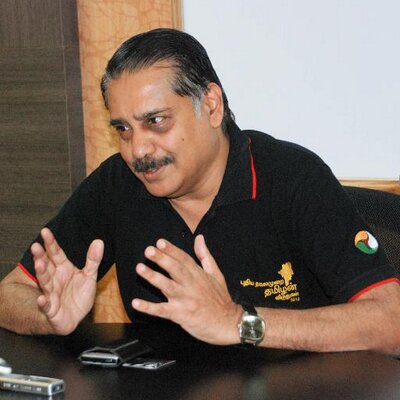
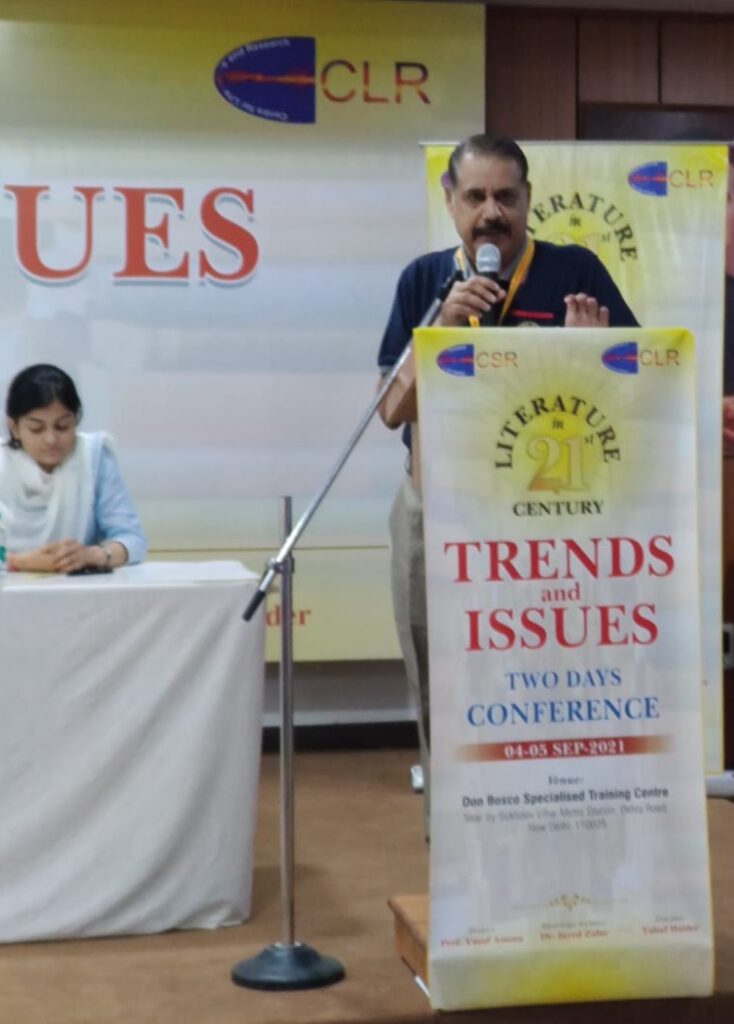




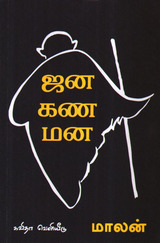
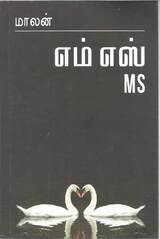

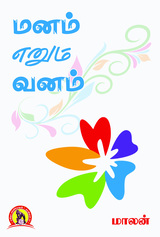
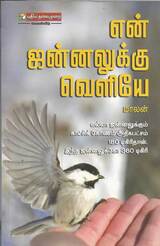
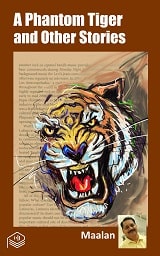
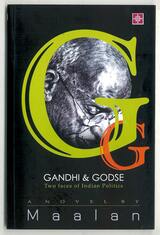
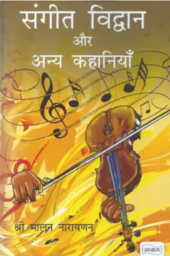

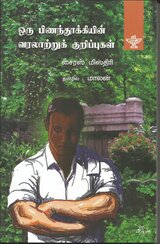
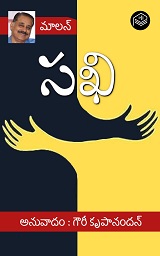
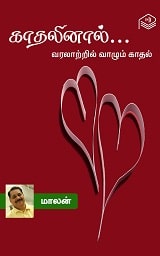
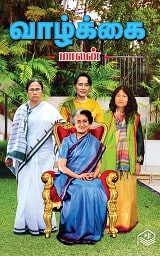
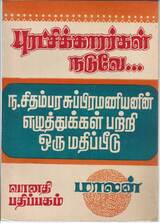
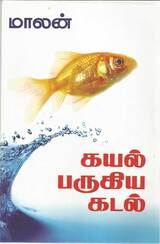
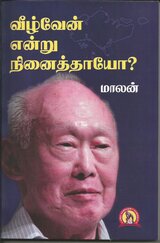
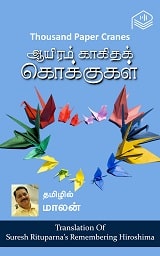
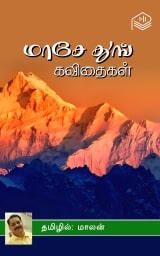
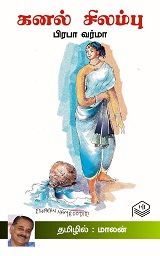
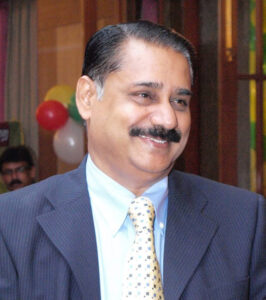
One thought on “21st Century Tamil Literature: Trends and Issues”
Thought provoking paper in lucid language. Good discourse with nice analyses.